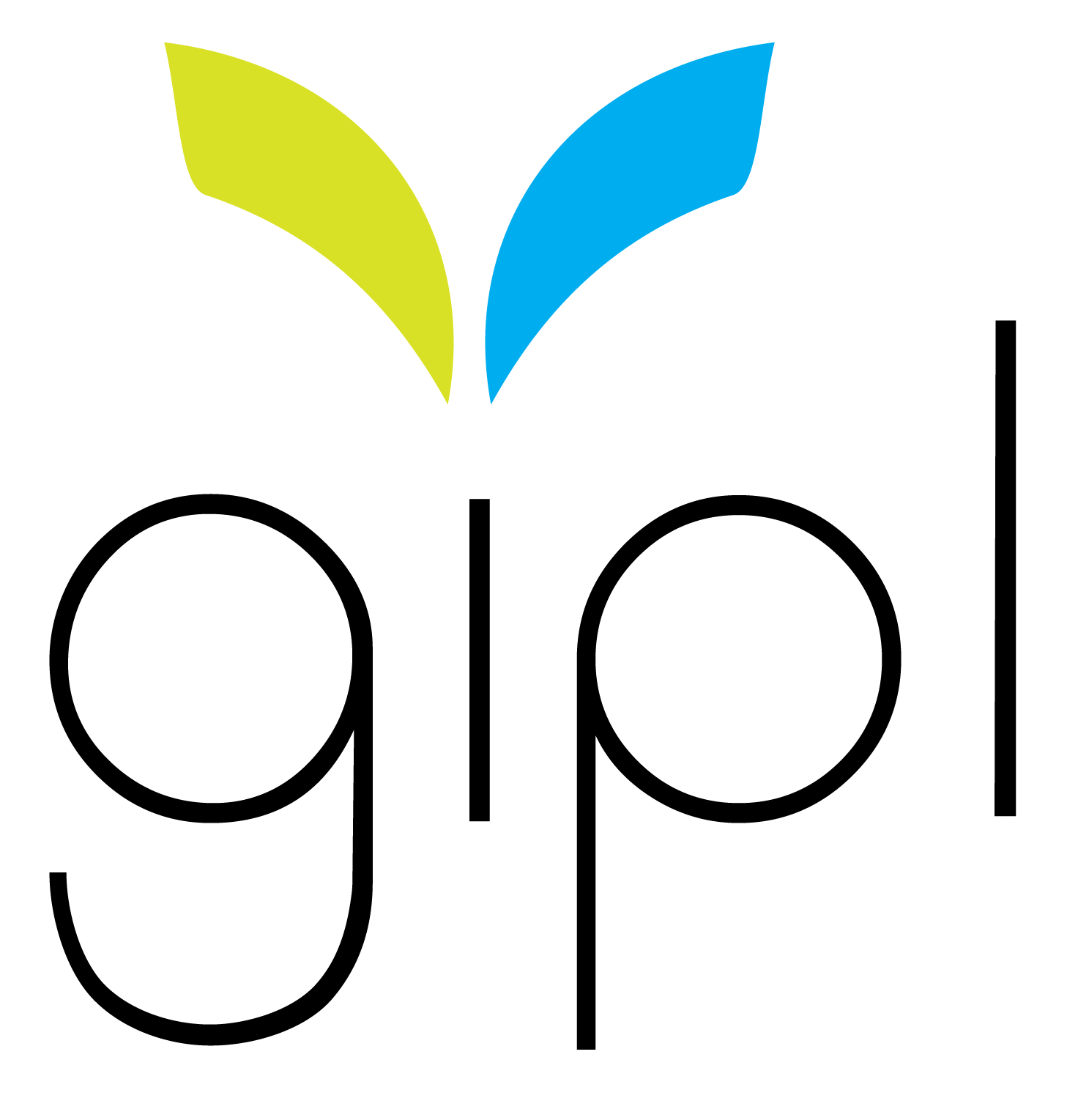Sustainable, Sacred Hanukkah
Hanukkah: a time of remembrance, and gathering with community around the light. In all that you celebrate, GIPL encourages us all to practice the Four R’s – Reduce, Reuse, Recycle and Return to the central meaning of the holiday for a more sustainable witness.As you join with family and friends to celebrate, here are a few ways you can honor Creation:From 8 Easy Tips for an Environmentally Friendly Hanukkah at haaretz.com:• Burn olive oil, not petroleum. The commonly found rainbow Hanukkah candles are made from paraffin (petroleum). Keep the petroleum out of your menorah by burning beeswax or vegetable candles. Alternatively, be just like the Maccabees and burn pure olive oil.• Go small, go local. Every food choice we make is an opportunity to fulfill our obligations to protect Creation. Industrial agriculture’s approach to growing food is oppressive and is treated like warfare: us versus them. The use of heavy pesticides and fertilizers destroys critical nutrients in soil, and pollutes the air and water. Dead soil is gone forever; it cannot be replenished. By buying produce from small, local farmers, you opt to protect and preserve local food systems and support foods grown without harmful chemicals that poison our air, water and health.• Give a different type of gelt. The practice of giving gelt began as a means of respectfully providing money for poor people to purchase Hanukkah candles. In 2014, there were 48 million people in the United States, including 16 million children, who went hungry, while an estimated 130 billion pounds of food is wasted annually in the country. Hunger is solvable. Pantries best operate with large-scale canned food donations, fresh food and money. Donating unwanted canned foods from your pantry is not the most effective approach. Rather, the most effective ways you can help are by donating money or fresh produce to your local food pantry. Encourage your local supermarkets to donate, not throw out, unsold items to food banks.From NeeshNoosh: A Jewish Woman's Journey to Discover Faith in Food:• Use Wooden dreidels. Plastic is forever and we are literally drowning in it. The Great Pacific Garbage Patch is a massive floating vortex, comprised mostly of plastic, that stretches from the West Coast of the US to Japan. It doesn’t need more spinning plastic dreidles!• Beeswax candles. Honey bees pollinate every third bite of food we eat. However, Colony Collapse Disorder–a massive die-off of bees worldwide–threatens our global food supplies. Support your local beekeeper buy purchasing beeswax Chanukah candles.From 10 Ways to Make Your Hanukkah More Sustainable at hazon.org:• Change up your latke. Toppings: Rather than buying a traditional brand of sour cream, stock up on an all-natural or organic sourcream. More of an applesauce fan? Make your own from apples purchased locally or buy an organic brand. Latke: You can use sweet potatoes instead of regular potatoes, or carrots as an added healthy bonus to give your latkes a different taste!• Make your own gifts. Take a photo and create your own frame, knit a scarf or a hat, or make your own beeswax candles. Also, bake a special Hanukkah dessert to give to friends and family as a more environmentally friendly gift.• Participate in 8 days of action. After lighting your menorah each evening, dedicate yourself to being more environmentally sustainable and enacting food justice when possible. Volunteer at your local emergency food provider one night, cook a meal for someone recovering from surgery the next night, and screen a movie relating to food justice another night.Click on each link to read more tips for a earth-honoring Hanukkah!
Consider giving to GIPL as part of your Hanukkah actions for Creation. Your donation is doubled through December 31!
